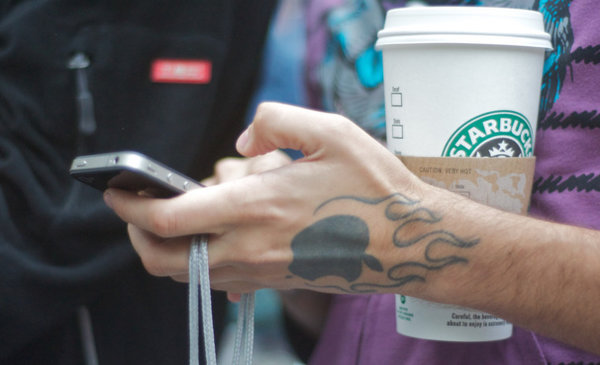
Why do consumers keep brands in their lives?
For all the talk that consumers don’t care about brands anymore and that loyalty is a thing of the past, the fact remains that branded goods account for huge swathes of the purchased economy. So what is it that people are attracted to? Here are 20 motivations, in no particular order, for why consumers might not choose the many alternatives being offered them.
- Familiarity – they know the brand too well to let it go – either because they have dealt with the brand for a long time or because the brand itself is one with a huge history
- Goodness – they believe in what the brand stands for and/or the stances it takes and therefore the difference they can make through being aligned with the brand
- Trust – they believe the brand will keep delivering them things they want
- Convenience – they are not motivated to try anything new because they don’t believe the effort is worth it
- Excitement – they associate the brand with something that inspires them
- Outrage – the brand says or does things that others wouldn’t dare and they support it for speaking out
- Interest – the brand keeps doing or saying things that get their attention
- Exchange – the people they’ve interacted with from the brand have impressed them via their attitude and/or service
- One of us – people want to deal with something that feels “local” and visible, rather than a corporate giant
- Recognition – they feel that the brand has singled them out for rewards
- Value for money – they believe no other brand will offer them the deals they get by staying with this one brand
- Dependability – they believe it’s a better brand for them, meaning they have probably bought into a story that supports that status
- Status – using the brand telegraphs important things, such as personal qualities, about them to others
- Rebellion – staying loyal to one brand is their way of detracting from another brand that they don’t approve of or that they don’t want to see succeed
- Authority – they see the brand as the leader in their field, and therefore they look to them for ideas and ways forward
- Experience – they like what happens for them when they buy the brand
- Ease – it’s too hard to change and/or there are financial disadvantages to doing so and/or they worry about what changing might mean or where it might lead them. They may also continue to buy because the brand is highly visible and readily available meaning they don’t have to think about where to find it.
- Tribe – they are unabashed fans of the brand and they enjoy sharing that enthusiasm with others
- Simplicity – they are drawn to the brand’s ability to break down the complicated into something approachable
- Character – they like the brand’s attitude – it’s injected a fresh approach to often a staid or formal sector.
Many of these characteristics hold true for corporate and business brands as well as consumer-facing brands. Technology may come and go but, as the list above shows, most of the reasons why people make continuing choices have a strong emotional basis. As Nigel Hollis astutely observed, “Brands work just as they have always done. Brands are signals of meaning in a morass of noise. A marketer that focuses attention only on the means and not the meaning is going to end up ignoring the real drivers of brand success.”
Of course, there may be more than one motivation. In fact, I would suggest that the most powerful brands look for ways to double up motivations in combinations that become a hallmark of dealing with them.
In an age where so much emphasis is put on how brands are going to generate customer loyalty, not enough attention is paid to perhaps the most obvious question of all: why on earth will they return? And therefore what should the brand continue to provide more of into the future? Brands that are followed for their excitement, for example, must keep that emotion constant if they wish to prosper. On the other hand, brands that are prized for their familiarity must find ways to remain relevant and yet still be immediately recognizable.
When brands abandon this primal customer motivation in favor of something that interests them more, they call into question the loyalty drivers that have gotten them to this point. Equally, brands that find themselves in trouble need to think about two things as they look to recuperate their reputation. Can they restore consumer interest using the motivation they did use? If they can’t, which new motivation should they be aiming for, and what will that say about their brand post-crisis?
The Blake Project Can Help: Accelerate Brand Loyalty And Growth Through Powerful Emotional Connections
Branding Strategy Insider is a service of The Blake Project: A strategic brand consultancy specializing in Brand Research, Brand Strategy, Brand Licensing and Brand Education
FREE Publications And Resources For Marketers











